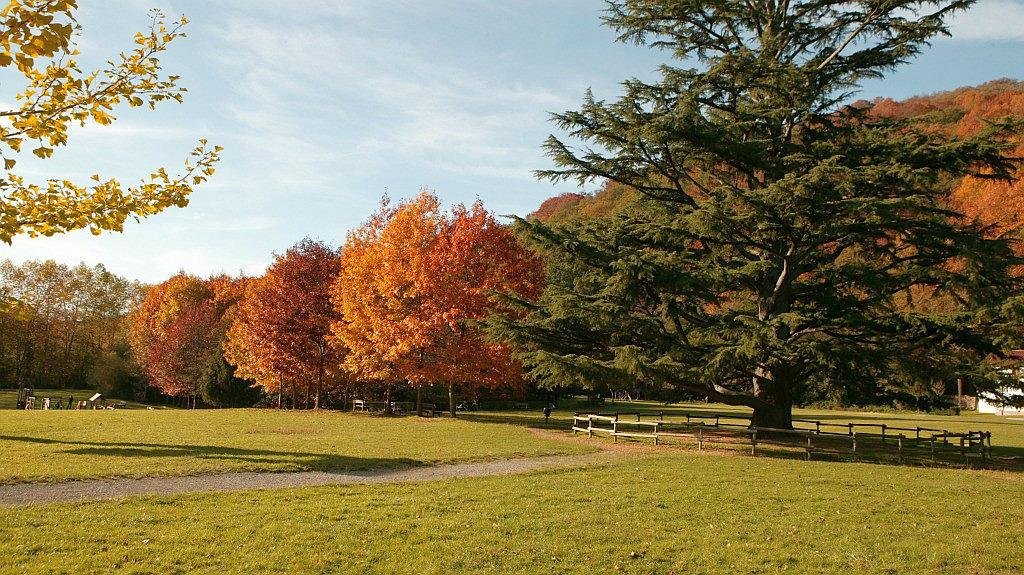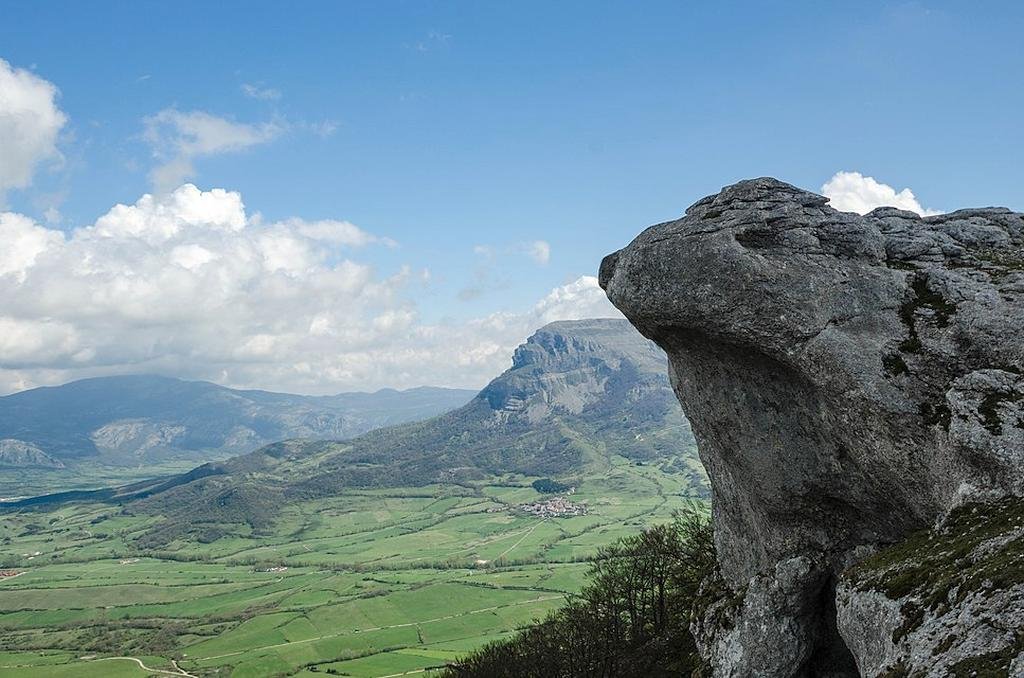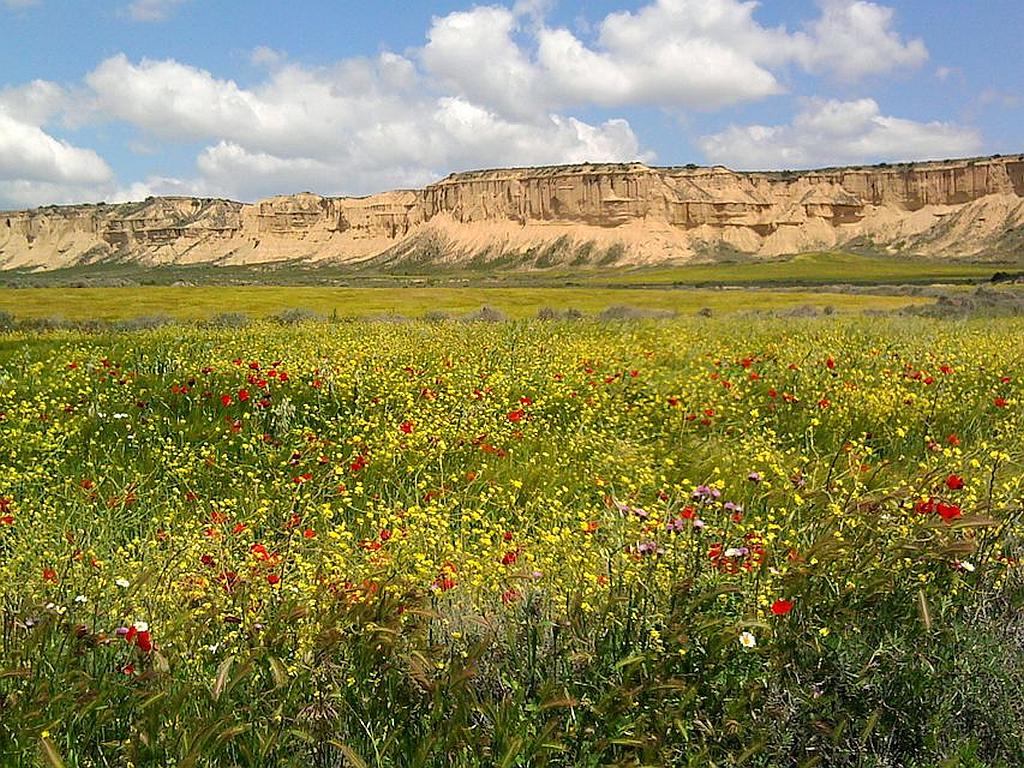- Region: Navarra
- Declared a Natural Park: 1984
- Park surface area: 2,040 hectares
- Towns and villages: Oieregi, Oronoz, Goitikoetxea, Aranea and Markesenea
Points of interest
The Señorío de Bértiz Natural Park is located in the municipality of Bertizarana 49 kilometres north of Pamplona along the banks of the river Bidasoa. (Access is via the village of Oronoz in the Baztan valley or Oiergi in the Bertizarana valley).
The protected area was once privately owned and belonged to the sitting Lord of Bertiz from the 1600’s until 1898, when it was acquired by Pedro Ciga Mayo who oversaw the planting and reforesting schemes that can be seen today. He donated it to the local community of Navarre in 1949, with the condition that it was “maintained in its current condition and used exclusively for recreational, educational and scientific purposes”.
I’ve been living in this lovely area of Western Andalucia for the last 20 years or so and dedicate most of my time to the running of English language tourist information websites for the towns of Cádiz, Ronda, Grazalema, the famous or infamous Caminito del Rey, and also Wildside Holidays, which promotes sustainable and eco-friendly businesses running wildlife and walking holidays in Spain. My articles contain affiliate links that will help you reserve a hotel, bus, train or activity in the area. You don’t pay more, but by using them you do support this website. Thankyou!


